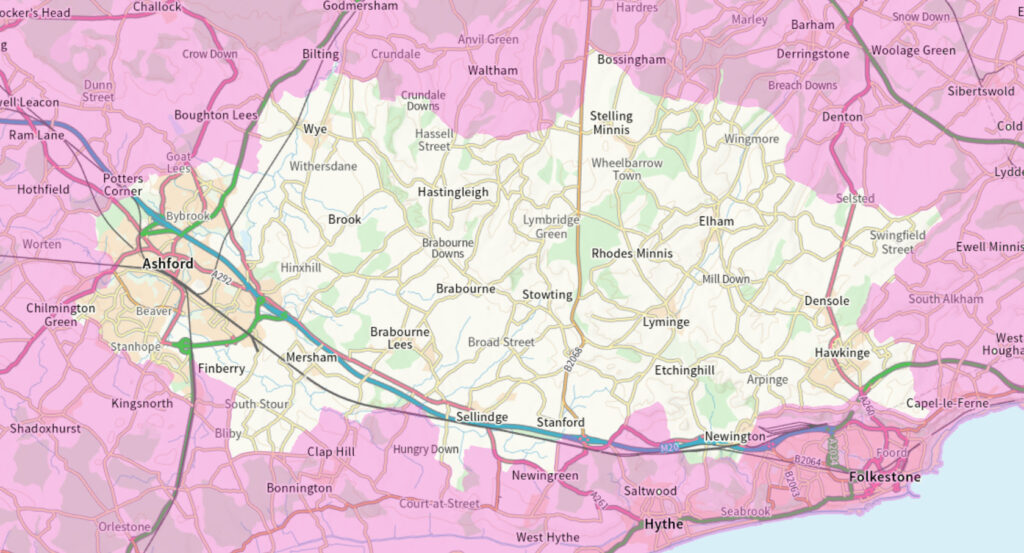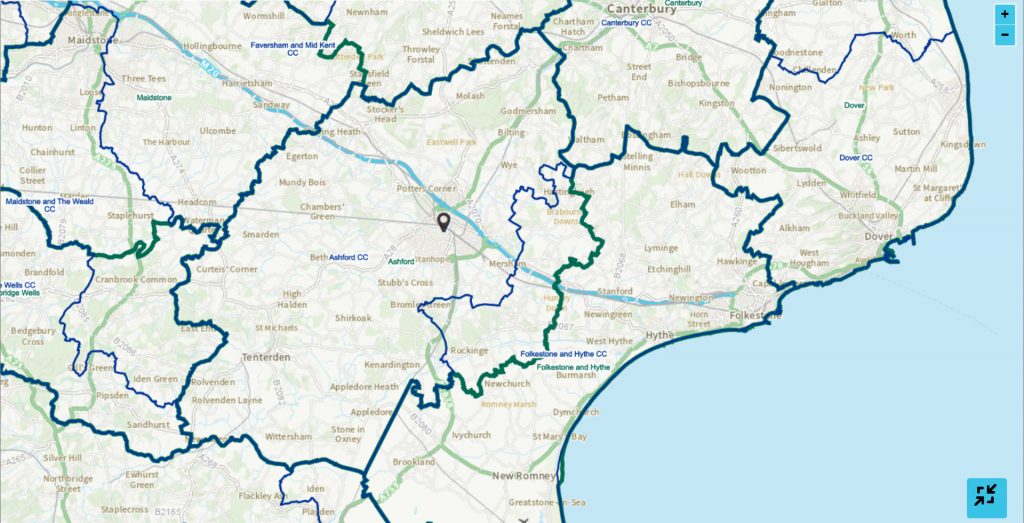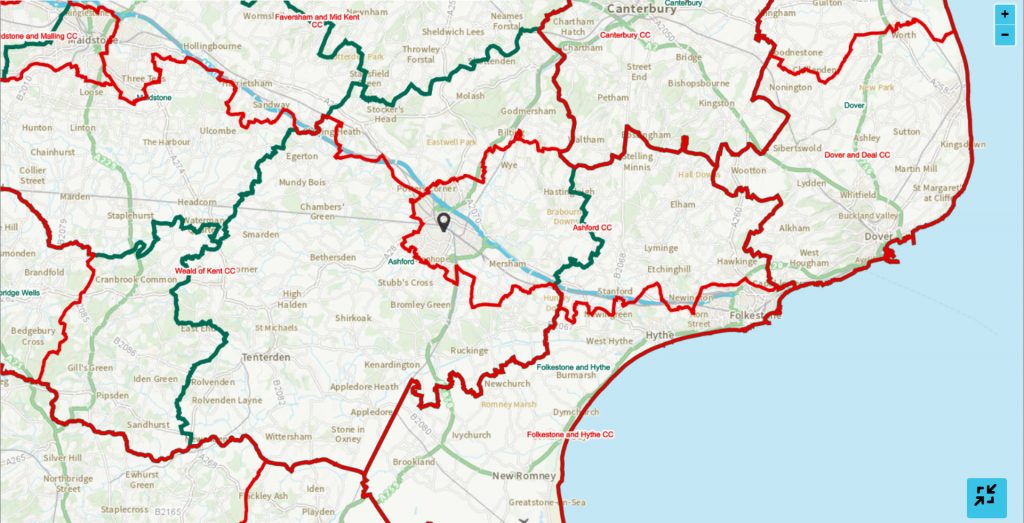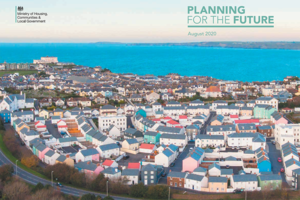Parliamentary Elections 2024
An election will be held to elect one Member of Parliament for Ashford constituency on 4th July 2024
Below is everything you need to know about the election.
Table of Contents
Constituency
Parliamentary constituencies have changed substantially as a result of a Boundary Review in 2023. The Ashford Constituency now comprises a larger area of the Folkestone and Hythe District than of the Borough of Ashford and more of the Borough of Ashford is in the Weald of Kent Constituency than in the Ashford Constituency.

Candidates
The candidates nominated for the Ashford Constituency are:
| Name of Candidate | Home Address | Description (if any) |
|---|---|---|
| GREEN, Damian Howard | Highlands, Charing Hill, Charing, Ashford, Kent, TN27 0NG | The Conservative Party Candidate |
| JOSEPH, Sojan | (address in Ashford) | Labour Party |
| KENNEDY HARPER, Tristram John | (address in the Lewisham North Constituency) | Reform UK |
| RANSLEY, James Gordon | Lees Farm, 72 Kennington Road, Ashford, Kent, TN24 0NS | Your Local Consensus Party Candidate |
| ROSSI, Mandy | (address in the Ashford Constituency) | The Green Party |
| ROWLEDGE, Adam James | (address in the Folkestone and Hythe Constituency) | Liberal Democrats |
Timetable
The following are the deadlines to vote in the Parliamentary elections. More details are given under How to vote.
| Register to vote | 11.59pm on Tuesday 18 June 2024 |
| Apply to vote by post | 5pm on Wednesday 19 June 2024 |
| Apply to vote by proxy | 5pm on Wednesday 26 June 2024 |
| Apply for a Voter Authority Certificate (Voter ID) | 5pm on Wednesday 26 June 2024 |
How to vote
Voter registration
To vote in the Parliamentary Election you must have registered to vote by:
11.59pm on Tuesday 18 June 2024.
Find out if you are eligible to vote and how to apply:
www.electoralcommission.org.uk/voting-and-elections/who-can-vote/register-vote
Postal vote
If you cannot attend or do not wish to attend the polling station you can apply to vote by post but must do so by 5pm on Wednesday 19 June
You must have registered to vote by Tuesday 18th June to be able to apply for a postal vote.
There are two ways to apply to vote by post:
You can choose to apply for a postal vote for a particular election, a particular type of election, or all elections you are eligible to vote in.
If you only want to apply for a postal vote for a particular type of election, you need to contact the electoral services team at your local council.
You need to complete a new postal vote application if you have moved house or changed your name.
If you have an existing long-term postal vote that you wish to cancel, you must do so by 5pm on Wednesday 19th June
Proxy vote
Alternatively you can apply to have someone that you trust to vote for you at the polling station. You must apply by: 5pm on Wednesday 26 June.
You and your proxy must both have registered to vote before you can apply and by 11:59pm on Tuesday 18 June.
There are two ways to apply for a proxy vote for a particular election:
- Apply online through GOV.uk
- Download, print and complete the form to vote by proxy at a particular election (PDF)
Voter ID
Voters and proxy voters in England need to show photo ID to vote at polling stations.
If you do not have one of the forms of ID listed below you need to apply for a Voter Authority Certificate. You must apply by: 5pm on Wednesday 26 June.
Apply online
Apply for a Voter Authority Certificate on gov.uk.
Apply now(Opens in new window)
Apply by post
Apply by filling out a paper application form and sending it to your local council.
You can contact your local council to request a form or you can download a form (Opens in new window).
You may also be able to apply in person at your local council.
If you need any help applying for a Voter Authority Certificate, contact your local council. You can also call our helpline on 0800 328 0280 if you have any questions.
Accepted forms of ID are:
International travel
- Passport issued by the UK, any of the Channel Islands, the Isle of Man, a British Overseas Territory, an EEA state (Opens in new window) or a Commonwealth country (including an Irish Passport Card)
Driving and Parking
- Driving licence issued by the UK, any of the Channel Islands, the Isle of Man, or an EEA state (this includes a provisional driving licence)
- A Blue Badge
Local travel
- Older Person’s Bus Pass funded by the UK Government
- Disabled Person’s Bus Pass funded by the UK Government
- 60+ London Oyster Photocard funded by Transport for London
- Freedom Pass
- Scottish National Entitlement Card issued for the purpose of concessionary travel (including a 60+, disabled or under 22s bus pass)
- 60 and Over Welsh Concessionary Travel Card
- Disabled Person’s Welsh Concessionary Travel Card
- Senior SmartPass issued in Northern Ireland
- Registered Blind SmartPass or Blind Person’s SmartPass issued in Northern Ireland
- War Disablement SmartPass issued in Northern Ireland
- 60+ SmartPass issued in Northern Ireland
- Half Fare SmartPass issued in Northern Ireland
Proof of age
- Identity card bearing the Proof of Age Standards Scheme hologram (a PASS card)
Other government issued documents
- Biometric immigration document
- Ministry of Defence Form 90 (Defence Identity Card)
- National identity card issued by an EEA state
- Electoral Identity Card issued in Northern Ireland
- Voter Authority Certificate
- Anonymous Elector’s Document
Where to vote
The map below indicates areas covered by the polling districts in South Ashford and shows the locations of polling stations. The boundaries are approximate and you should use the tool on the Ashford Borough Council website to confirm your polling station
Contact Electoral Services
Contact Electoral Services if you live in the Borough of Ashford
Telephone
Contact the Electoral Services Office on 01233 330402.
Post
Electoral Services
Ashford Borough Council
Civic Centre
Tannery Lane
Ashford
Kent TN23 1PL
In person
If you need to visit the office please telephone for an appointment.








